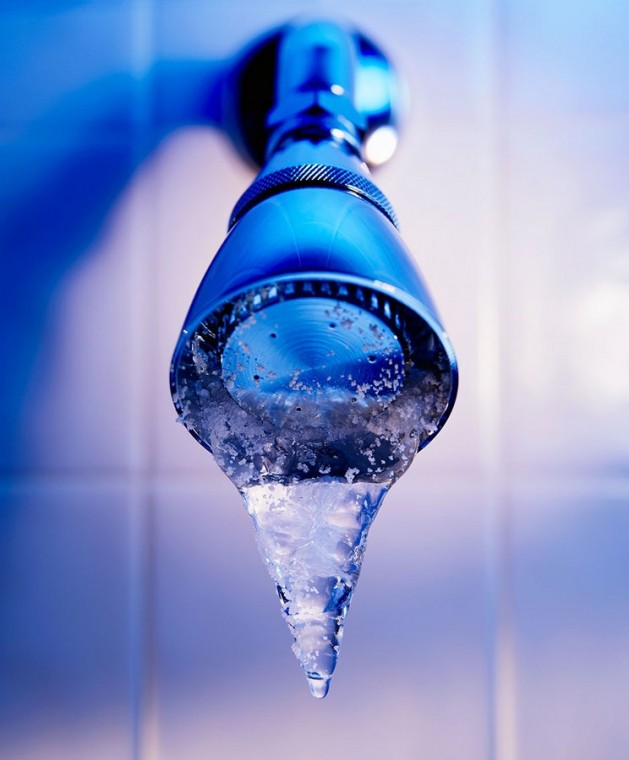By Sue Coakley | Tue, September 30, 14
Are you worried about your winter energy bills?
Cold weather, falling snow, and the forthcoming holidays usually give us permission to sing Christmas carols with familiar lyrics like “Christmas is coming, the geese are getting fat.”
But, in the Northeast, winter also means fat energy bills. Below-freezing temperatures, blistery wind chills, and energy supply constraints due to heavy reliance on natural gas and the Northeast’s location at the end of the pipeline push up the price of our energy. In fact, last week National Grid reported that its electricity rate for this winter will rise to its highest level ever at an average of 24.24 cents per kilowatt hour.
What does this mean for regional energy customers?
For many Northeastern families, businesses, and institutions, this means higher energy bills. National Grid’s predicted price increase means an average gain of $33 per bill over last winter. The numbers might make most curse the cold, but there are many ways to keep warm AND ensure clean, reliable, and affordable energy for our region.
While we can’t control the price of energy, we can control our usage. There are many ways that efficiency in heating and electric helps alleviate demand today. In fact, many of these behaviors aren’t expensive and don’t require giving up comfort. Recently, I offered some short-term tips for avoiding energy waste and taking control of your energy use. If you missed those broadcasts, take a look at these clips from local television stations NECN and WCVB.
[embed]<script type="text/javascript" charset="UTF-8" src="http://www.necn.com/portableplayer/?cmsID=277007321&videoID=R75Chf12mwcj&origin=necn.com&sec=news&subsec=business&width=800&height=360"></script>[/embed]
Whether you’re an individual who owns or rents your home, a family with limited resources, or a small business, you can take steps to prepare for winter. Reduce your energy bills and stay comfortable by weatherizing your home, tuning up boilers and furnaces, installing high efficiency LED lights, replacing old refrigerators and other appliances with Energy Star models, and using smart power strips to turn off TVs and other electronics when not in use. Tools like the MassSave On-Line Home Energy Assessment can help you identify efficiency measures for your home. Look online for efficiency program incentives and other services offered in your state to help you save even more.
 It’s crucial that each of us do our part. Make a commitment to preparing for winter so that, during extended periods of harsh weather, we stay warm and safe while also helping our energy providers deliver the most affordable energy possible. Keep in mind that because natural gas is used to heat homes as well as to generate power, gas and electric efficiency are both very valuable. And the cost-saving benefits of many measures will continue on past the winter.
It’s crucial that each of us do our part. Make a commitment to preparing for winter so that, during extended periods of harsh weather, we stay warm and safe while also helping our energy providers deliver the most affordable energy possible. Keep in mind that because natural gas is used to heat homes as well as to generate power, gas and electric efficiency are both very valuable. And the cost-saving benefits of many measures will continue on past the winter.
After you’ve sealed your windows and doors and installed energy-efficient lighting, smart power strips, and other appliances, help your neighbor. Check on your elderly neighbor, or others in need of help, to prepare with efficiency to affordably stay warm and comfortable this winter. Help those families who may have to choose between heating their home and eating this winter by contributing to statewide energy assistance funds in Massachusetts, Rhode Island, New Hampshire, and Connecticut which help residents struggling to pay their energy bills but who do not qualify for federal or state energy funds.
Energy price spikes during winter months are a big, complex problem. It’s a problem that cannot be solved by one person, one state, or one energy provider. But, if we all do our part to prepare for winter, we’ll be part of a regional solution. Let’s continue to show why the Northeast is a leader in energy efficiency.
Our winter season is long and harsh, but preparing now will ensure that we focus on the enjoyment at hand. After all, “tis the season to be jolly.”
